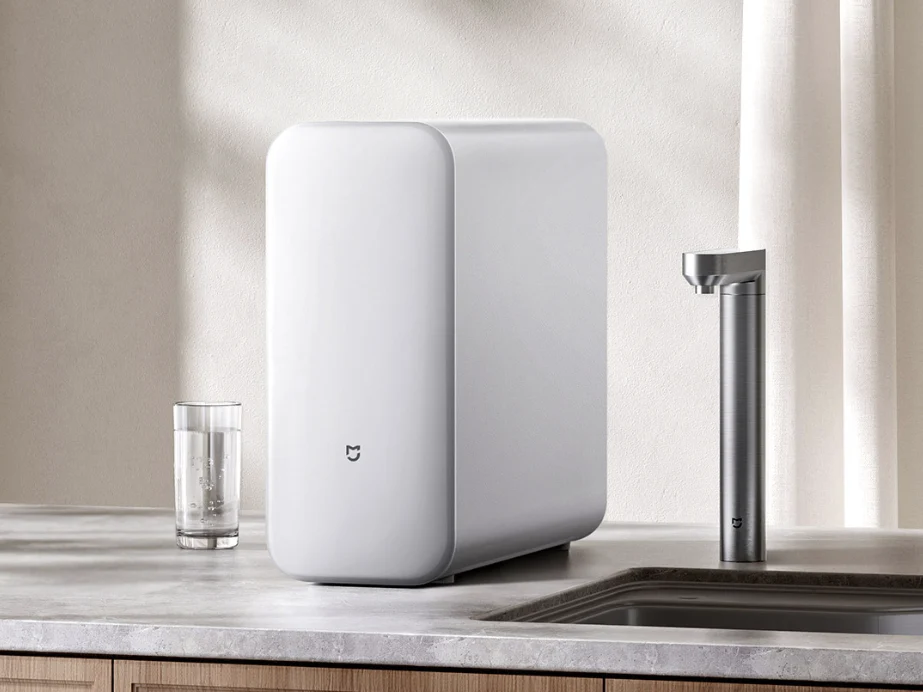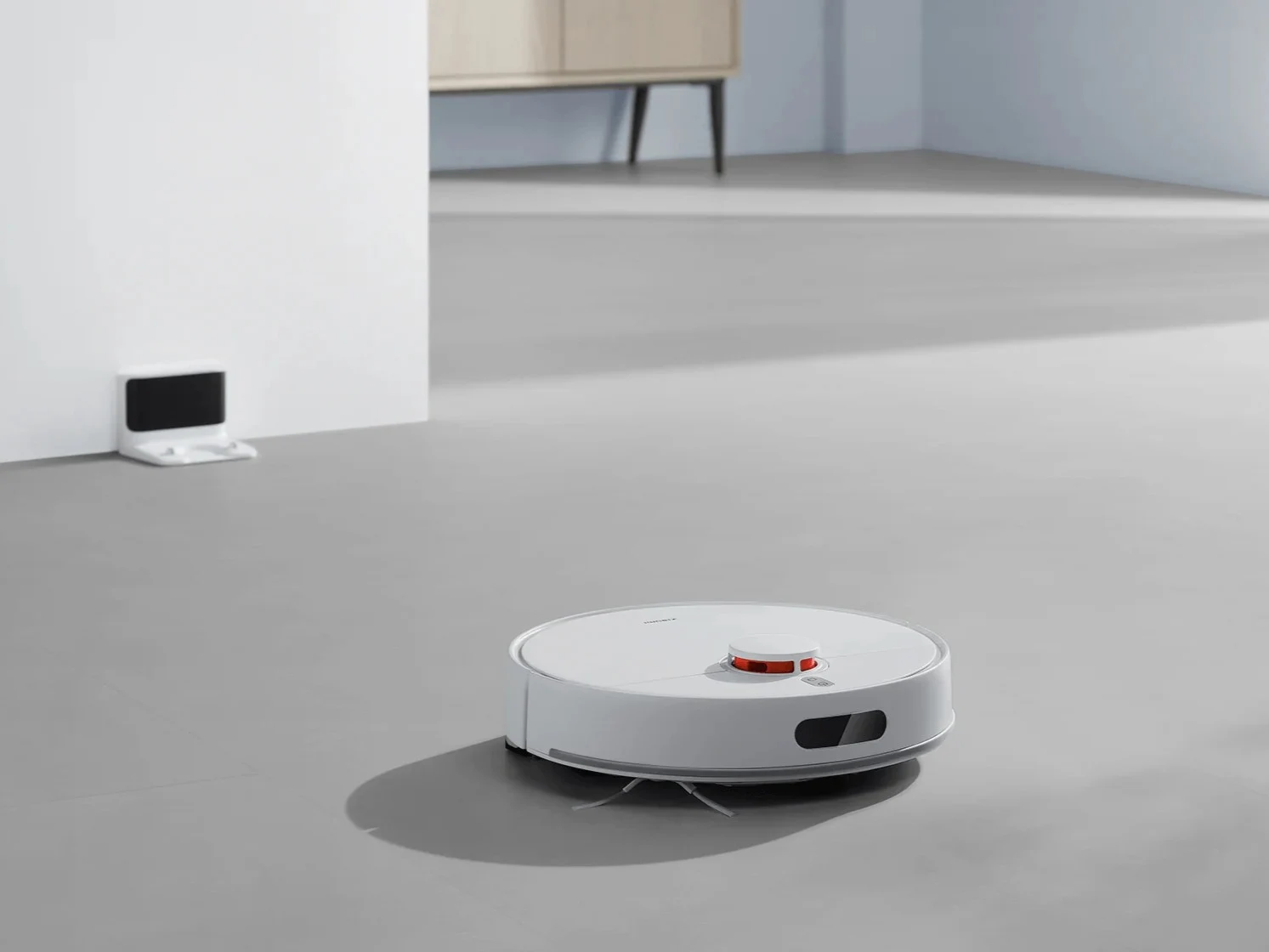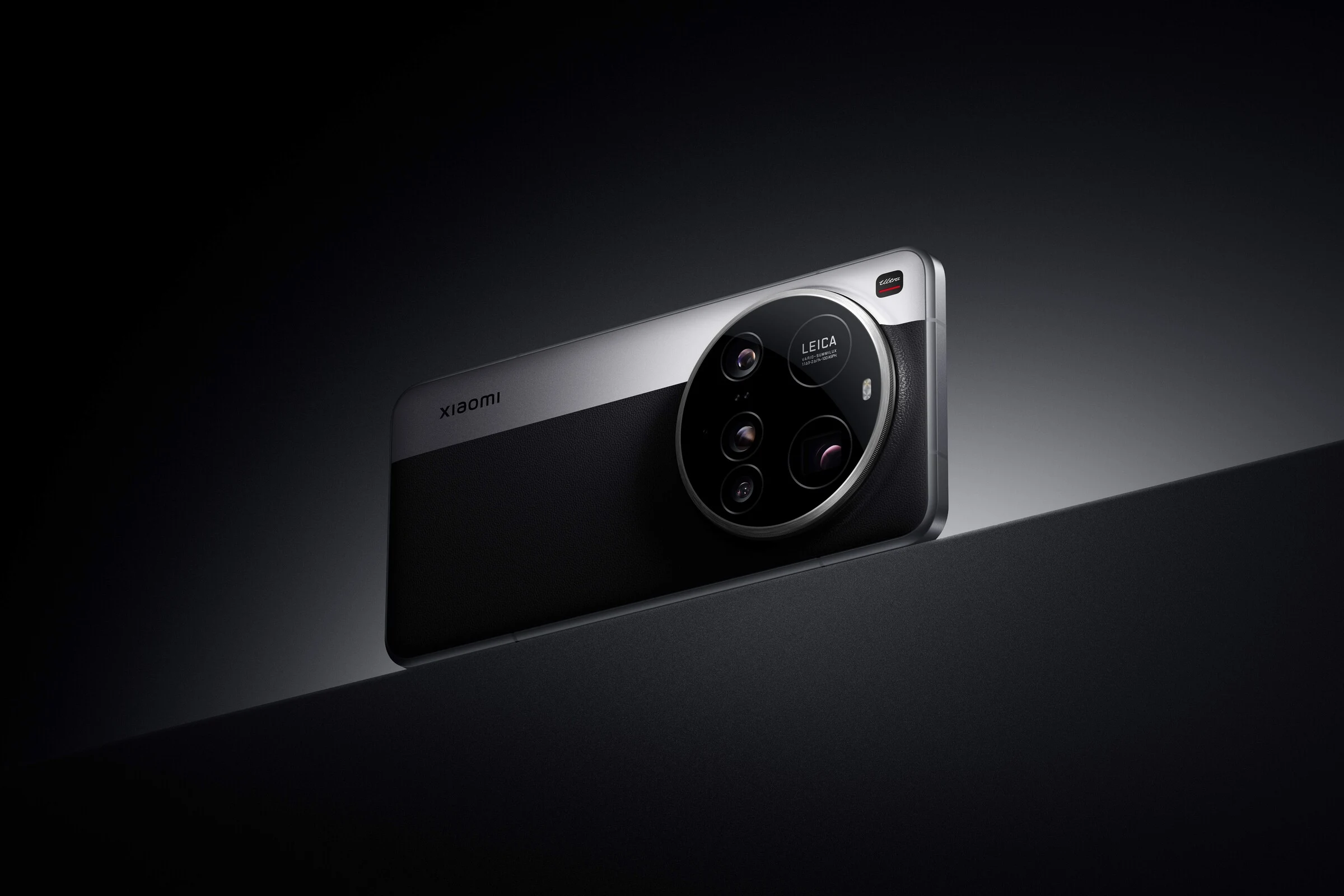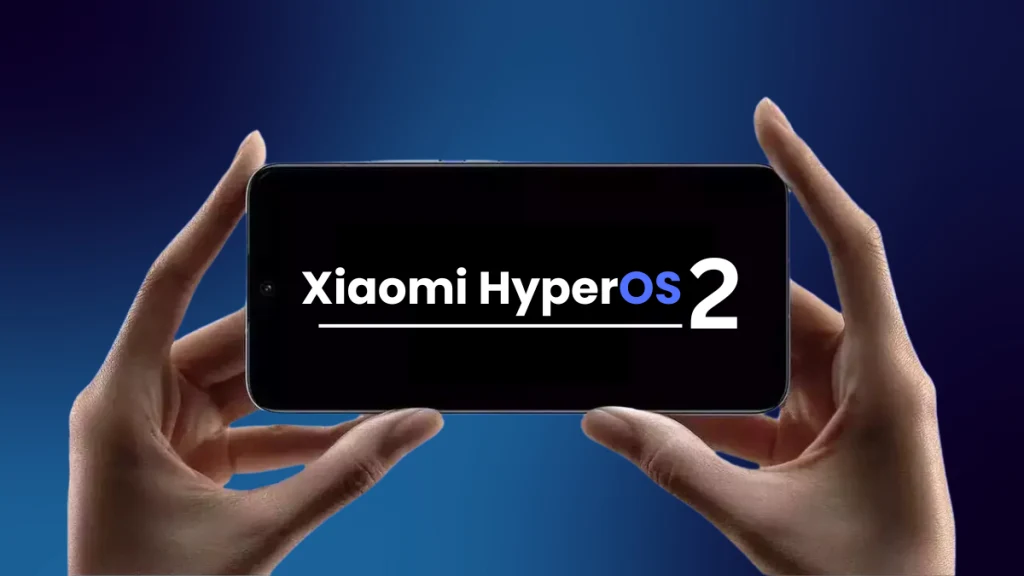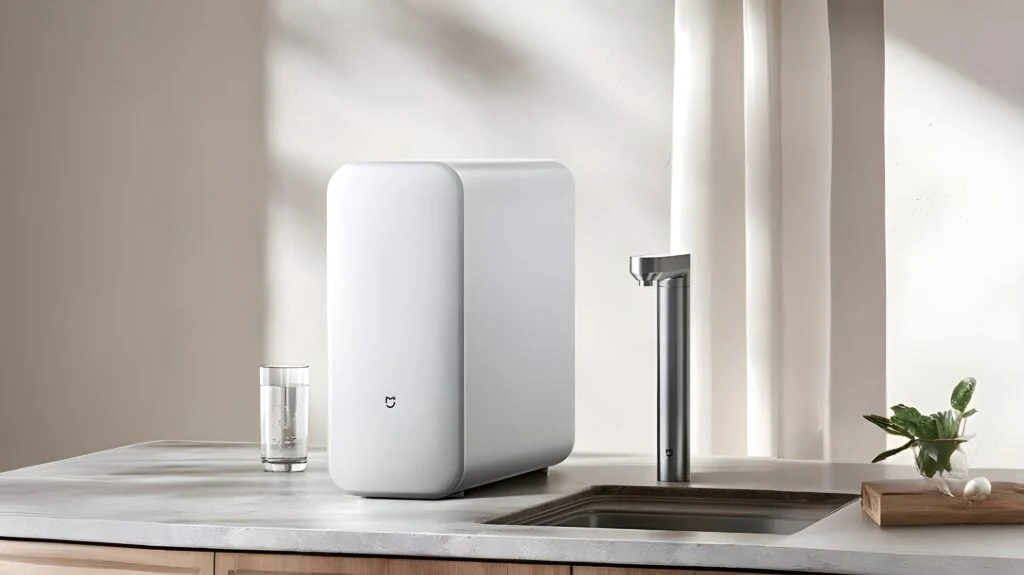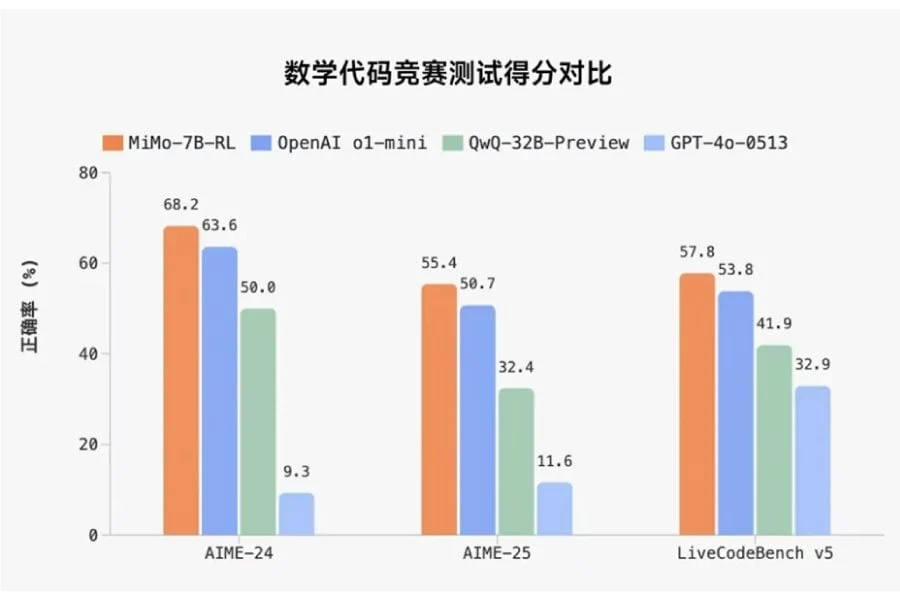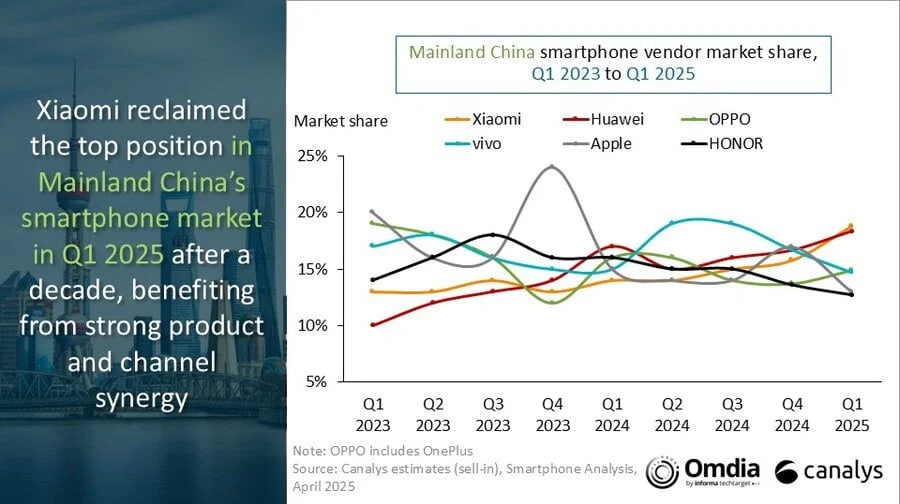Key Takeaways
1. Advanced Filtration System: The Mijia Water Purifier S1 uses a long-lasting RO filter, eliminating 99.9% of lead, 99.8% of cadmium, and 100% of E.Coli, with a freshness feature called Zero Stale Water 3.0.
2. Two Model Options: Available in 1000G and 1600G versions, with the 1000G filling a glass in 3.2 seconds and the 1600G in 2 seconds.
3. Smart Touch Faucet: Each purifier comes with a smart faucet that has a digital display showing TDS values and connects to the Mi Home app for remote monitoring.
4. Capacity and Size: Both models have a water capacity of 4,000 liters, with dimensions of 163 x 445 x 379 mm (approximately 6.4 x 17.5 x 14.9 inches).
5. Pricing and Availability: The 1000G is priced at CNY 1,599 (about $220) and the 1600G at CNY 2,399 (around $330), currently only available in China.
Xiaomi has introduced the Mijia Water Purifier S1 in China. This smart device is available in two versions, the 1000G and 1600G, and aims to deliver filtered water directly in your kitchen.
Advanced Filtration System
The Mijia Water Purifier S1 uses an RO filter that can last for as long as five years. Together with the PPC filter, it eliminates 99.9% of lead, 99.8% of cadmium, and 100% of E.Coli found in the water. This new model features an upgrade to Zero Stale Water 3.0, which guarantees that any water that isn’t used remains fresh and safe to drink when you turn on the tap. The main distinction between these two models lies in their throughput; the 1000G fills a glass in 3.2 seconds, while the 1600G is quicker, providing the same quantity of water in just 2 seconds. Both models have a capacity of 4,000 L, with the purifying unit dimensions being 163 x 445 x 379 mm (approximately 6.4 x 17.5 x 14.9 inches).
Smart Features for Easy Use
Included with each Mijia Water Purifier is a smart touch faucet that features a digital display, which gives information such as the TDS value. With 2.4 GHz Wi-Fi capabilities and HyperOS, you can control the device remotely using the Mi Home app. Through this app, you can keep an eye on water quality, monitor usage, check how long the filter will last, and change the default cup size.
The Xiaomi Mijia Water Purifier S1 1000G and 1600G are now for sale in China, priced at CNY 1,599 and CNY 2,399 (around $220 and $330), respectively. It appears that Xiaomi is not planning to release these products in other regions, such as Europe.
Source:
Link


